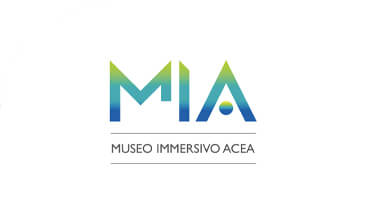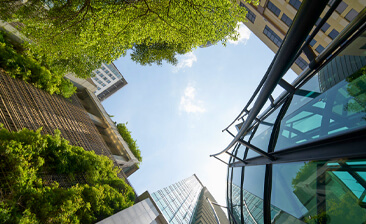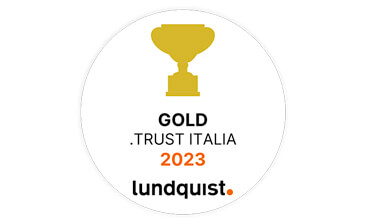
Acea for World Energy Saving Day
In September 2021, after months of work, the Acea Group inaugurates the first museum dedicated to its history. Not just any museum, a digital and interactive museum.
“With MIA – Acea Immersive Museum thanks to corporate storytelling we can show how Acea has always been an innovative and sustainable company, sensitive to the needs of its community and the territory in which it operates”. These are the words of David Ottaviano, Head of the Historical Archive Division of the Acea Group, and leader of this ambitious project.
“Scholars and researchers, as well as members of the community and anyone interested, can immerse themselves in Acea’s history and relive the key moments in the most realistic way.”
Acea Immersive Museum was inspired by another great project: the Historical Archive. “We recovered, restored, and digitalized thousands of documents that today are stored, recorded, and organized based on date and origin, at the Bucap facilities in Fiano Romano. This historic heritage includes designs, projects, films, and thousands of photographs.”
The challenge was finding the best way to valorize such a large digital archive. “We came up with the idea of a digital museum that at this moment in time represents and highlights Acea’s proximity to people and is able to reach a wider public, even outside Italy.”
Acea Group’s historic heritage doesn’t just tell the story of how the company grew and developed, it is a tangible testimony of how multiple aspects of society changed over the years, from technology to urban planning, including cultural and social changes.
“We didn’t want to follow the classic timeline, as we found it reductive and not flexible enough” David explains.
"So we centered our storytelling around the key moments that marked the expansion and development of the company over the past 110 years."
The result is 12 topics, organized in 12 virtual rooms, each with a title that explains what visitors will find inside.
Each virtual room of the interactive museum includes materials and multimedia content that visitors can access in Italian and English. “It was hard work. Over the last months we watched hours of old films and looked at thousands of images from the photographic archive, all of which was then edited in interactive format, to make it easy for users to navigate. An interdisciplinary team – including scenarists, writers, web designers, developers and archivists, together with the staff of the Historical Archive Division – was involved in the project to create Acea’s digital museum.
Visitors of the digital museum’s website are met by an introductory video that shows an overview of Acea’s 110 years of history and leads to the welcome room. Here they will find the entrance to the different areas of the interactive museum, such as the path through the 12 history-themed rooms, the 3D virtual tours, and the photo galleries. Visitors can go from one room to the next or randomly move between rooms, following their personal interests and preferences.
How are the rooms? The rooms are proper three-dimensional spaces. The main storytelling consists of a narrator presenting the historical period, but visitors can move and interact with the content displayed on the interactive walls: documents and maps, photos and videos, historical figures and 3D objects with captions and audio content available with a click. “And then we have the stargates: virtual entrances to the places where the events in the story take place” David tells us.
“History is the most dynamic of things and keeps on offering new opportunities for discovery” says David. This is why the Historical Archive Division team is already at work to create new content that will be exhibited at the digital museum in the near future, such as 3D video images and programs dedicated to schools.
In the meantime, activities continue to research, learn more, and reconstruct the many events discovered during these months of work on Acea’s cultural heritage. Because, as this project shows, immersing ourselves in history is the best way to discover it.
Discover the latest news and initiatives of the Acea Group

Acea for World Energy Saving Day

Visit the virtual museum about the history of the Acea Group

The channel for the commercial requests on land urbanisation

Acea turns the spotlight on the Rome Film Festival 2023

Acea is in the "Gold class" in the .trust research

Read more about our culture of inclusiveness